Michael Gonzalez on Rural Innovation Zones and CTE
Key Points
-
If starting an innovation zone, be sure to hire a local champion.
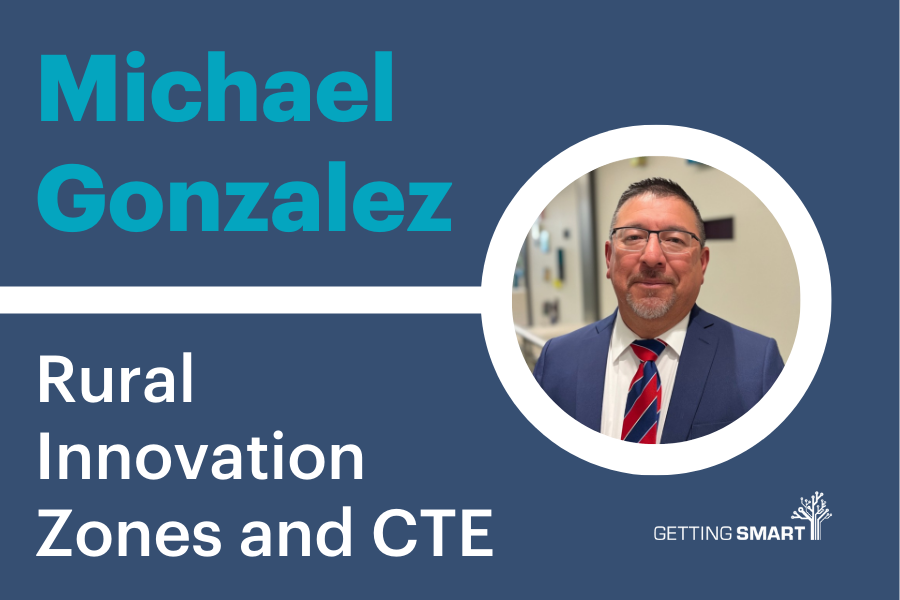
On this episode of the Getting Smart Podcast Shawnee Caruthers is joined by Michael Gonzalez, Executive Director of Rural Schools Innovation Zone, a first-of-its-kind partnership made up of five school districts and five institutions of higher education in South Texas that, like our New Pathways campaign, help students find success in what’s next.
In this episode, Gonzalez discusses the formation and success of specialized academies within the zone, focusing on sectors like health sciences, STEM, and trade skills, aiming to address teacher shortages and align education with regional labor market needs. The program is designed to retain talent within local communities, ensuring students have access to quality education and job opportunities nearby.
The conversation also emphasizes the importance of superintendent collaboration, resource sharing, and community involvement in educational innovation. The Rural Schools Innovation Zone has shown significant success, with high certification pass rates and attendance, and is considered scalable and adaptable for other rural areas, highlighting the potential for rural education to drive community development and economic growth.
Links:
Transcript
Shawnee Caruthers
You’re listening to the Getting Smart podcast. I’m Shawnee Caruthers Caruthers. A strong and sustainable economic recovery opens up more job opportunities and creates a favorable environment for businesses to thrive. This means that students have a wider range of career options and better prospects for employment. When investments are made in education and workforce development as part of the economic recovery, it leads to the creation of training programs and apprenticeships that match the needs of the changing job market. As the economy improves, there is more access to internships, mentorship programs, and skill-building initiatives, preparing students to enter the workforce and contribute to communities. More and more school districts are forming agreements with each other, post-secondary institutions, and business partners to reduce the time and funding required for students to enter the workforce. As we advocate for credentials, extended learner records, real-world learning opportunities, and intentional career pathways, this conversation is happening at just the right time. Today, I’m excited to speak with Michael Gonzalez, Executive Director of the Rural Schools Innovation Zone, a first-of-its-kind partnership made up of five school districts and five institutions of higher education in South Texas.
Shawnee Caruthers
Like our new Pathways Campaign, it helps students find success in what’s next. Hello Michael, how are you doing?
Michael Gonzalez
Hey Ms. Shawnee Caruthers, how you doing, man? Nice, nice, nice. Thanks for the invitation and a chance to talk about the Rural Innovation Zone.
Shawnee Caruthers
Yeah, absolutely, this is a really important conversation for our listeners. But first, I want to learn a little bit about you. Are you from a rural community?
Michael Gonzalez
Actually, Shawnee Caruthers, I was born and raised in a community of about 438 students. It’s a Pre-K through 8 school district. I was bused myself back in 1984, way before you were probably even thought of. I was bused to my high school. It was about a 15-minute one-way trip to get to high school. My community had very high dropout rates back in the early ’80s. Our community just didn’t believe in the academic situation going forward. So, I’ve taken a personal and vested interest in rural education and providing opportunities for our kids because I graduated with the biggest cohort at the time in eighth grade, which was 18 kids total.
Shawnee Caruthers
Wow.
Michael Gonzalez
And four years later, only four of us walked the stage. The other fourteen were not in the building. They didn’t flunk or get retained; they just completely dropped out of the school system, based on having to get on the bus and other things. When I went to college, living that college dream, I wanted to become a lawyer. Then Dr. Flores, my advisor, talked me out of becoming a lawyer and said I needed to become an educator to touch and impact lives. So, he redirected my vision and my commitment to kids. I’ve been doing this for 32 years, the last five as Executive Director of the Rural School Innovation Zone.
Michael Gonzalez
I’ve been a principal for 19 years in all rural school districts. My biggest campus had about 385 students. I’m really committed and invested in the practices and successful methods of giving opportunities to our students in rural America.
Shawnee Caruthers
Well, one, thank you for sharing that. Your “why” is deeply personal, which explains why this Innovation Zone came to be. We’ll talk about that in just a second. But it seems like your pathway experience was not the kind of pathway experience you are now trying to create for other students.
Michael Gonzalez
No, not even close, Shawnee Caruthers. The idea of me going to college was crazy. I dropped off my best friend, who was my cousin, at an all-boys school in San Antonio. My uncle, may he rest in peace, wanted a dip cone. I told him there wasn’t a Dairy Queen in San Antonio, but we found one on 36 and Culebra, which was right next door to St. Mary’s University. Being an avid baseball player, I had to go walk that field, and that’s how I got started at St. Mary’s University back in 1988, just because my uncle wanted a dip cone. It’s crazy, right?
Shawnee Caruthers
Wow.
Michael Gonzalez
Advising and guiding the interests of our kids at such an early age is crucial. Now, with CTE, we’re looking down to 6th and 7th grade orientation and principal classes to ensure we have a good idea of where our kids want to be. At 17, I thought I was doing well in school, but I had no idea and no guidance on what I wanted to do. My mom and dad, bless their souls, were high school graduates. My dad was a career welder and didn’t want me working in the sun 24/7 for pennies on the dollar. Well, now welders don’t make pennies on the dollar, but that’s beside the point. Coming back home to the Coastal Bend area in deep South Texas gives me an opportunity to shed light on some of those experiences. Through the blessings of the man upstairs and the guidance of very innovative superintendents like Steve Van Matre, Dr. Mario Rodriguez, and Conrad Cantu, and our local board members, I’ve been given the opportunity to impact lives. Our data has proven to be a successful model. It’s been replicated at least two different times in Texas, and there are other models around the nation taking our model and running with it. It’s a good situation. I feel very comfortable with where we’re at, and I hope that things like this Getting Smart podcast and talking on a national level give us the exposure we need to make this a more sustainable model for future endeavors.
Shawnee Caruthers
Yeah, and you mentioned Career and Tech Ed (CTE), which is a great segue into how the zones came about and the need. As you know, CTE can go through cycles where sometimes the country is really high on it, and sometimes it’s not. Often, I’m sure you’ve faced challenges around changing the narrative about who CTE is for and who it isn’t for, and the benefits for all learners. It’s why I’m glad we’re starting even earlier. We have to get students connected to those opportunities at a much earlier age. With your understanding of all that and your deeply personal reasons for creating those opportunities for students, is that where the Zone project came from? How did that get started?
Michael Gonzalez
Well, first of all, spoken like a true CTE director, right? Kudos to you for having that background and knowledge. The creation of the zone is an interesting story. It stems around Premont Collegiate High School and Premont ISD. Steve Van Matre was the superintendent in the spring of 2017. He came in during a turbulent time. Premont had not met state accountability standards for nine consecutive years, received two closure letters, and had a dramatic drop in attendance. He and I, I like to say, are cut from the same cloth. We’re both ex-coaches, social studies teachers, rising principals, and really have a passion for impacting kids in a wide variety of ways. He pretty much told me, and I won’t go into the exact details because we’re both ex-coaches, but he said my master schedule was pretty horrible, and we had very limited opportunities and options for our Premont high school students. He had a phenomenal relationship with Freer ISD and Mr. Gunther, the superintendent of schools there, and a great relationship with Dr. Casas at Falfurrias. He started a handshake agreement between those two school districts for Premont students, which was really just Premont kids trying to take advantage of situations around us. With the support of the Texas Education Agency, which is our local state agency, and the brain trust of the three superintendents, they started collaborating formally and realized they could actually share all of their resources. So, the Rural School Innovation Zone, a 501(c)(3), was formed to be the industry charter managing entity. I was fortunate enough to apply and be selected as the Executive Director. It gave us the opportunity to share our resources and the things we did really well. Our kids are taking advantage of those things. For example, at Falfurrias High School, Brooks County ISD has a Career Pathway Academy. Falfurrias High School has what we call Ignite Academy, which includes traditional CTE pathways. We have a P-TECH model in welding, an electrical pathway, a construction pathway, an HVAC pathway, and a heavy equipment operations pathway. We also have our NJROTC military pathway. It’s not technically a pathway, but it gives our kids an opportunity to be involved in the military component. We have a high population of veterans in our community, so they were excited to see a military academy opening up. Then you go a little bit north to Premont, and we have our STEM Discovery Zone, which deals with cybersecurity, drones, robotics, and engineering. We do our dual credit science and math through STEM. We also have our Grow Your Own Educator Academy. As everybody knows, there’s a teacher shortage, and it’s really difficult to recruit teachers to come to rural South Texas. So, we have an in-house academy. It’s nontraditional in the sense that these kids will graduate with 60 college credit hours on an Associate of Arts in Teaching. And that academy has expanded. To my knowledge, we’re the first school district in the nation to sign a national letter of intent with our kids to go into teaching. It’s a good situation. We just graduated our first cohort in
May. They’re super excited. They’ll be attending Texas A&M University-Corpus Christi and Texas A&M University-Kingsville to finish out their degrees and come back home to teach in our district.
Shawnee Caruthers
So exciting. I know you have a lot to be proud of. And there’s been so much that’s been implemented over the last few years. To know the history of the creation of the zone is fascinating because of the way it started out of necessity but has turned into a scalable model that other districts are picking up on. It’s great to see these connections that we can use as inspiration for other places across the country.
Michael Gonzalez
Well, I appreciate that. I really do. And I give a lot of credit to the man upstairs and my two mentors, Conrad Cantu and Steve Van Matre, who have given me this opportunity. And you’re right, it did start out of necessity. A small school district that hadn’t met state accountability for nine years was on the brink of closure. I think the sense of urgency from our community and the commitment from these phenomenal superintendents led to this successful model. Our local higher education partners like Del Mar College, Texas A&M-Kingsville, Texas A&M-Corpus Christi, Coastal Bend College, and Texas Southmost College are phenomenal partners and advocates for this model. Our kids are taking advantage of it. I think 92% of our kids have graduated with some sort of industry-based certification, an associate degree, or some type of micro-credential. I feel very confident in our process and our model. But it does take phenomenal superintendents like the ones we have and the buy-in from our communities, our local industry partners, and our higher education partners.
Shawnee Caruthers
Wow. So, Michael, what advice would you give to a leader who has identified the need for innovation in their community? Where should they start?
Michael Gonzalez
I think the first thing is really having some very honest conversations with your industry leaders and your community leaders. They know what the needs are. They’re out there in the field working with our kids. They see what they need. That’s the first thing. The second thing is just having the commitment and the buy-in from your community and not being afraid to fail. I mean, not everything we’ve done has been successful. There are things we’ve had to tweak along the way. There are things we’ve had to, for lack of a better word, punt on fourth down. But that’s okay, as long as you have a continuous improvement model. But the conversations with your industry leaders, your community leaders, your kids, and their parents are vital. We have advisory committees that meet monthly with our board of directors. We bring in kids from the industry. We bring in parents. We bring in a wide variety of stakeholders to have these conversations. I think those are some of the big things. And then, just not being afraid to take that first step.
Shawnee Caruthers
Absolutely. You know, we talk about the importance of not being afraid to fail often. But hearing you say it, coming from the real experiences you’ve had, really puts it into perspective. We’ve been talking with Michael Gonzalez, Executive Director of the Rural Schools Innovation Zone. Thank you, Michael, for sharing your story, your journey, and the important work you’re doing for rural education.
Michael Gonzalez
Thank you, Shawnee Caruthers, for the opportunity. I appreciate it.
Shawnee Caruthers
Absolutely. Thank you for joining us on the Getting Smart podcast. Stay tuned for more conversations on how to build a smarter and more equitable world. Until next time, stay smart.
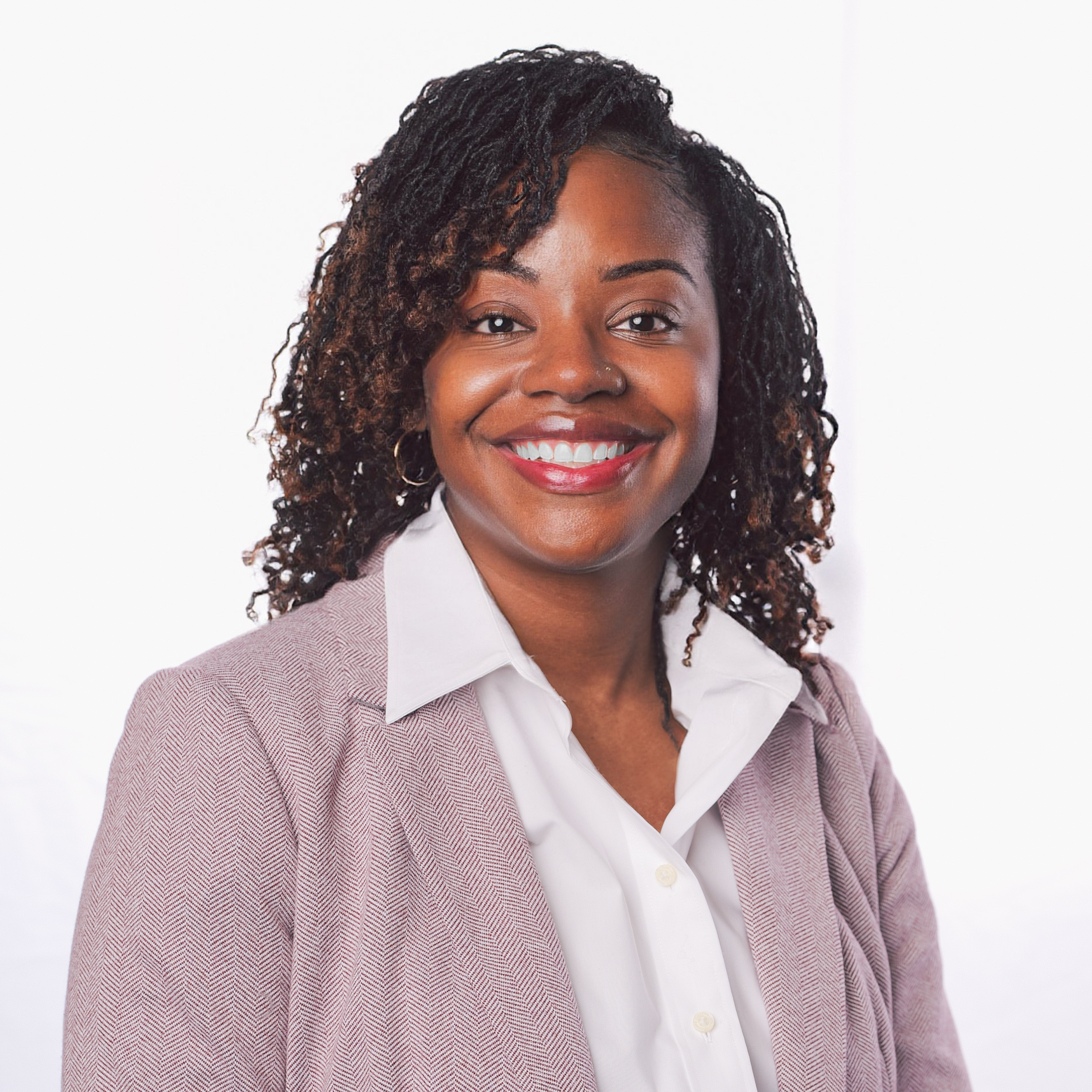


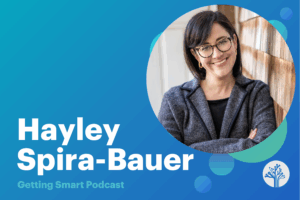


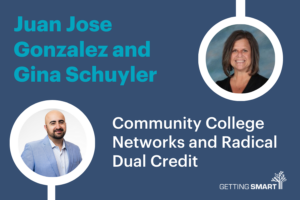
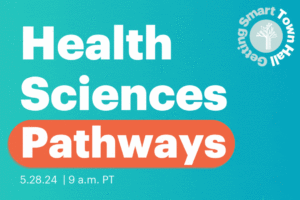

0 Comments
Leave a Comment
Your email address will not be published. All fields are required.